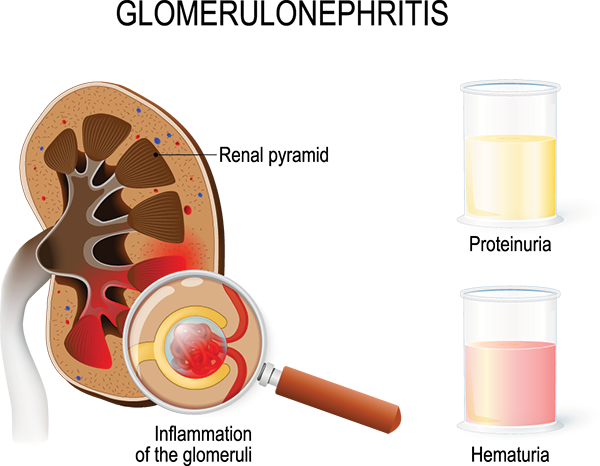A nurse is caring for a child who is postoperative following ventriculoperitoneal (VP) shunt placement.
In which of the following positions should the nurse place the client?
Semi-Fowler's.
Prone
Trendelenburg.
on the unoperated side
The Correct Answer is D
A. Semi-Fowler's. While this position can help with drainage, it is generally not the first choice immediately after VP shunt surgery.
B. Prone. This position is generally not recommended as it can cause discomfort and increase intracranial pressure.
C. Trendelenburg. This position is contraindicated as it can significantly increase intracranial pressure.
D. on the unoperated side. This position helps prevent pressure on the operative site and facilitates drainage of cerebrospinal fluid. It also reduces the risk of complications associated with increased intracranial pressure.
Nursing Test Bank
Naxlex Comprehensive Predictor Exams
Related Questions
Correct Answer is D
Explanation
a.Talcum powder is not recommended for use with infants because it can be inhaled, potentially causing respiratory problems. Instead, a barrier cream or ointment (such as zinc oxide or petroleum jelly) should be used to protect the skin from moisture and irritants.
b.While cloth diapers can be less irritating than some disposable diapers, they may not be as effective at keeping the skin dry. The priority is to keep the area dry and clean, regardless of the type of diaper used. Super-absorbent disposable diapers are often recommended because they can help keep the skin dry.
c.Exposing the skin to hot air can cause burns and further irritation. Instead, allowing the skin to air dry naturally (without the use of hot air) during diaper changes can be beneficial.
d.A moisturizer creates a barrier between the skin and irritants like urine and stool.Wiping with a moisturizer can minimize friction during cleaning, which can be uncomfortable for the baby and further irritate the skin.Some moisturizers can help soothe and hydrate the inflamed skin, promoting healing.
Correct Answer is A
Explanation
Nursing care planning goals for a child with acute glomerulonephritis are directed toward the excretion of excess fluid through urination.
Monitoring fluid status is very important and daily weights are an effective way to monitor fluid retention, as weight gain is the earliest sign of fluid retention.
Choice B, Educating the parents about potential complications, is important but not the nurse’s priority.
Choice C, Place the child on a no-salt-added diet, which may be part of the treatment
plan but is not the nurse’s priority.
Choice D, Maintaining a saline lock, may be necessary for administering medications but is not the nurse’s priority.

Whether you are a student looking to ace your exams or a practicing nurse seeking to enhance your expertise , our nursing education contents will empower you with the confidence and competence to make a difference in the lives of patients and become a respected leader in the healthcare field.
Visit Naxlex, invest in your future and unlock endless possibilities with our unparalleled nursing education contents today
Report Wrong Answer on the Current Question
Do you disagree with the answer? If yes, what is your expected answer? Explain.
Kindly be descriptive with the issue you are facing.
